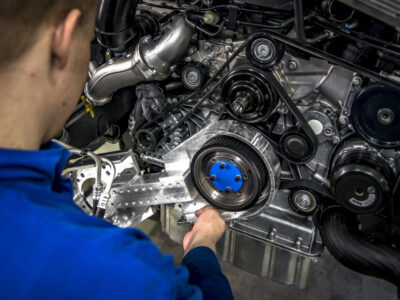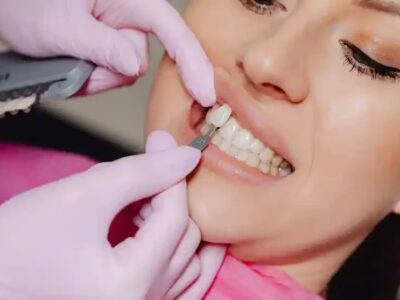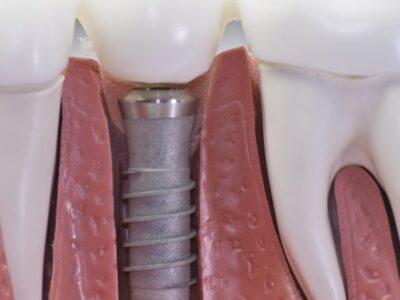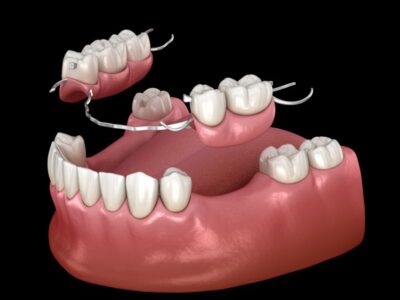
If you’ve recently undergone a percutaneous nephrolithotomy (PCNL) procedure, you may be wondering what to expect during your recovery and rehabilitation period. PCNL is a minimally invasive surgical procedure used to remove kidney stones larger than 2 cm in size. While it’s a common procedure, there are still some things you should keep in mind during your recovery process.
Post-Procedure Care:
Immediately after the procedure, you’ll be taken to a recovery room where you’ll be monitored until you’re awake and alert. You may experience some pain and discomfort, so your doctor will likely give you pain medication to help manage it. Additionally, you’ll have a catheter inserted to help drain urine from your bladder.
Hospital Stay:
Depending on the size of the kidney stone and the complexity of the procedure, you may need to stay in the hospital for a few days after the surgery. During this time, you’ll be monitored for any signs of infection, bleeding, or other complications. You’ll also be given instructions on how to care for your incision site, as well as how to manage any pain or discomfort.
Recovery at Home:
Once you’re discharged from the hospital, you’ll need to continue your recovery at home. Your doctor will give you specific instructions on how to care for your incision site, as well as any medications you’ll need to take. You should also plan to rest for a few days after the procedure, and avoid any strenuous activity for several weeks.
Dietary Restrictions:
During your recovery period, you’ll need to follow a specific diet to help reduce the risk of complications. This may include avoiding certain foods and beverages, such as caffeine, alcohol, and spicy or acidic foods. You may also need to increase your fluid intake to help flush out any remaining kidney stones.
Follow-Up Appointments:
It’s important to attend all follow-up appointments with your doctor to monitor your recovery and ensure that there are no complications. Your doctor will likely schedule appointments to remove the catheter and to monitor the healing of your incision site. Additionally, you may need imaging tests, such as X-rays or ultrasounds, to monitor the removal of any remaining kidney stones.
The recovery and rehabilitation period after a PCNL procedure can take several weeks, but following your doctor’s instructions and taking good care of yourself can help ensure a successful outcome. Be sure to attend all follow-up appointments, follow any dietary or activity restrictions, and contact your doctor if you experience any concerning symptoms. With proper care and attention, you can make a full recovery and get back to your normal activities as soon as possible.











